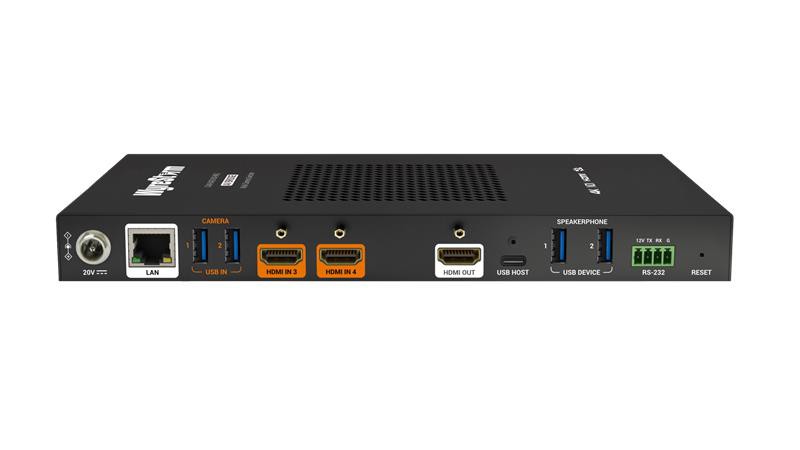Pan-Tilt-Zoom Cameras: Ideal for Video Reinforcement and Live Streaming
Pan-tilt-zoom (PTZ) HD cameras offer seemingly endless possibilities in video reinforcement and live streaming applications. A few notable advantages include small size, a variety of mounting positions, IP video interface, third-party controllers, open-source control software, and easy configuration and operation by non-professionals.
There was a time when high-quality video cameras were very large, very expensive, and almost impossible for non-professionals to operate. In those days, video reinforcement, let alone streaming on the Internet, was out of reach for the small- to moderate-sized organization, for whom the equipment and the trained staff were just out of reach. Fortunately, those days are past, thanks to the appearance of PTZ high definition cameras.
They are small enough to hold in your hand, and they can be mounted in a variety of positions: on a wall or a ceiling, on a pole, or even on a pulpit. As the name implies, PTZ cameras are complete systems that include the electro-mechanical devices that facilitate remote panning, tilting, and zooming.
PTZ cameras can be controlled using a joystick controller or simply a laptop computer: a Mac, a PC, a Linux box, or even a Raspberry Pi, via gigabit Ethernet or a serial digital control interface such as RS-232C or RS-422. Several PTZ cameras can be daisy-chained on the same interface cable, obviating the requirement for a home run to each camera.
[Streaming in Houses of Worship]
Control and video backhaul may be accomplished over Ethernet using Network Device Interface (NDI)i, a free, open source, lightly compressed, bidirectional interface that may be downloaded from the internet for any commonly-used operating system. Such an interface can simultaneously backhaul multiple frame-accurate HD video signals, along with controlling the cameras with which they are associated. In addition, cameras may be powered over Ethernet using a Power over Ethernet+ (PoE+) switch, which facilitates a single-cable interface to the camera. PoE+ can supply up to 25.5 watts of DC power on CAT-5 cable.
A daily selection of features, industry news, and analysis for AV/IT professionals. Sign up below.
For those who prefer a multi-cable approach, many PTZ cameras also include High Definition Serial Digital Interface (HD-SDI) and High Definition Multimedia Interface (HDMI) video ports as well as RS-232C/RS-422 serial digital control ports.
[Product Review: Jabra PanaCast]
For those who prefer a multi-cable approach, many PTZ cameras also include High Definition Serial Digital Interface (HD-SDI) and High Definition Multimedia Interface (HDMI) video ports as well as RS-232C/RS-422 serial digital control ports.
PTZ cameras and associated peripherals have brought a whole new panoply of opportunities for video reinforcement and online streaming, combining high quality, high definition video with IP control and backhaul, all at a reasonable price. Add in the fact that these systems may be configured and operated by the tech-savvy amateur, and it’s hard to go wrong. Your organization can have highly professional-looking high definition video reinforcement and streaming affordably, without the requirement to hire a professional video staff. PTZ cameras and their ancillary equipment and interfaces represent a new day in video reinforcement and streaming for the moderate-sized budget.
Jason Neureiter currently handles the broadcast and sports accounts for Adorama Business Solutions. He is a 20 year veteran of the media, broadcast, and sports worlds, having specialized in both transport and content management. Along the way, Neureiter helped shape and build the Intelsat OVS Global business unit, was a key member of several startups, and helped launch and grow several fiber networks both domestically and internationally. Recently, Neureiter has made the transition to both hardware and software while maintaining key relationships throughout the sports world and helping both teams and leagues as well as broadcasters achieve their goals of creating, capturing, storing, and monetizing their content in the best way possible.

